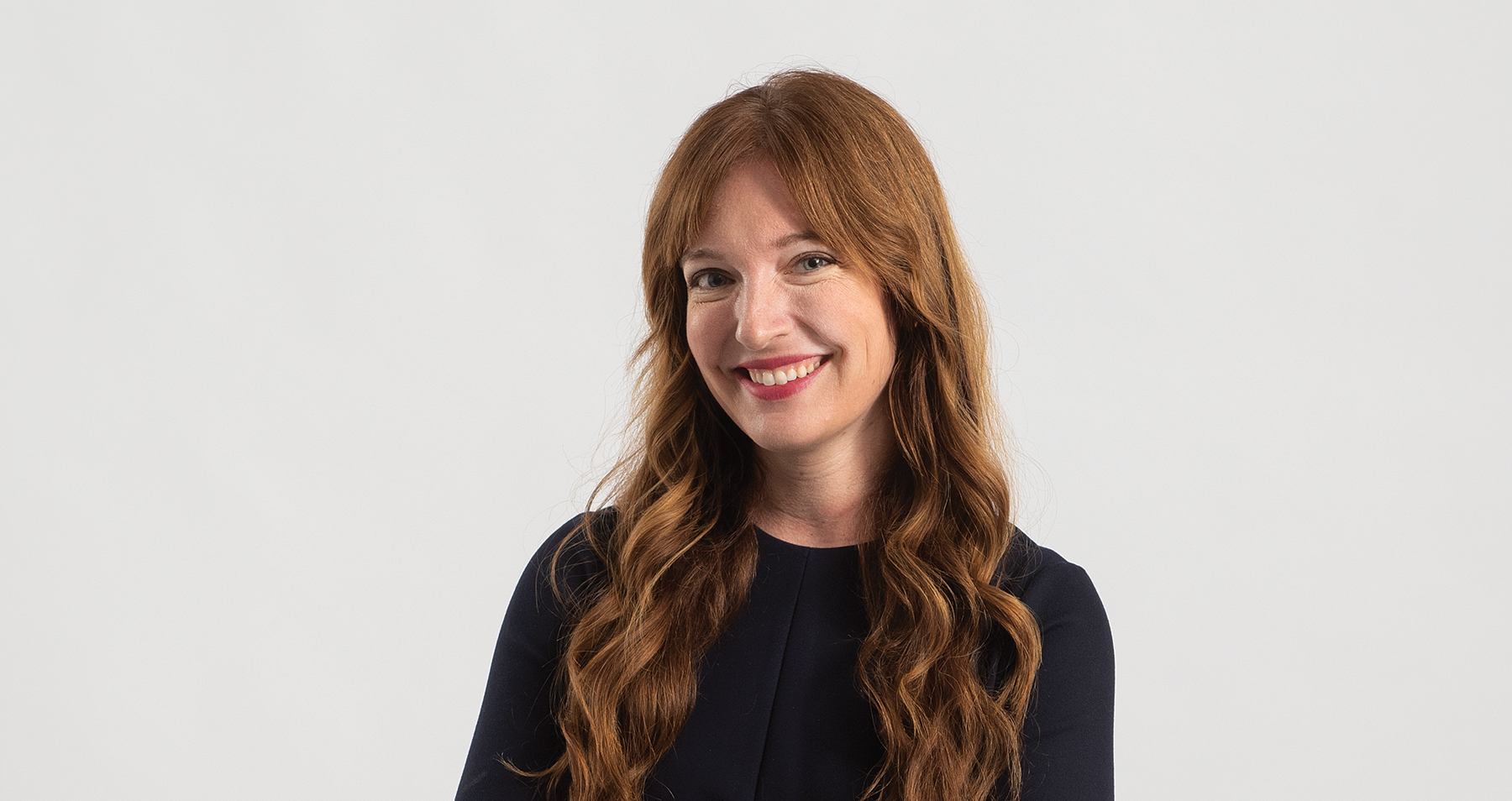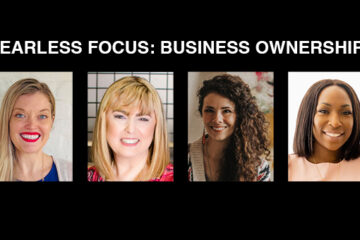Liz Lidgett celebrates 5 years in business, talks about her commitment to women artists

Liz Lidgett, whose art gallery in Des Moines’ East Village is marking five years in business, makes sure about half of the work on display there is by women. Research has pegged the proportion in major galleries and museums around the nation at closer to 13%.
It’s not a hard gap to bridge, Lidgett said.
“Women artists are not hiding under a rock. They’re out there,” she said. The big-picture statistic is shocking, she said: “It’s almost like the gallery owners are putting their head in the sand.”
I spoke recently to Lidgett, a longtime leader in the city’s culture and young professional scenes, about lessons from five years in business that span either side of the COVID-19 pandemic and what’s ahead for her and for Liz Lidgett Gallery and Design, which the U.S. Chamber of Commerce last year rated as one of America’s top 70 small businesses.
These questions and answers have been lightly edited for clarity and brevity.
I read that just 13% of the art in most art galleries is made by women?
Lidgett: From the very beginning, the second that we opened our doors, we committed to representing at least 50% women artists. That is a core value for us in the gallery. And early on, I had people that I really respect say things like, “I don’t think you should do that because I don’t want you to shoehorn yourself into having to do that.” Because it can be difficult. And I said that is, quite frankly, BS. I believe that doing good is good business. I really wanted to show people that you can do things that are true to your beliefs and feel ethically good, and then also be successful; they don’t have to be separate things. Women’s issues are very important to me, and so I want to walk the walk and talk the talk and show that you know you can live your values.
What extra work does it require for you or your staff to maintain that?
Lidgett: None. Women are 50% of those graduating with MFAs. Women artists are out there and they are crazy talented. So it is not an extra lift to have to do that. It’s not hard. If you look at it through the right lens, it’s not hard. It’s just good business. It’s just the right thing to do. I’m more shocked by the fact that those statistics are so abysmal worldwide when there are so many incredible women artists out there.
Your business is in the East Village. What does that area need the most in order to keep thriving for years to come?
Lidgett: One of the things that I love most about the East Village is that it is predominantly small businesses. It is predominantly women-owned small businesses. I think one of the best things about owning a business here is the community that we’ve been able to create. … We look out for each other in a way that you probably don’t if you are in an area that has internationally owned retailers. We communicate, we know what’s going on, we work as a team to create things like First Fridays, and Promenade. We really bring our resources together to make an impact for everyone here. I think the thing that the East Village needs most is for people to be out walking around like on a beautiful day like today. The East Village is packed right now. So the thing that would make it better is just more people thinking of it on a gorgeous day. Nothing against the mall, but come walk around and support small businesses where the dollars will stay in your community.
What changed permanently for your gallery because of the pandemic?
Lidgett: We opened nine months before the pandemic. We thought that we were going to be predominantly focusing on retail traffic, and the major shift was creating an e-commerce website so that people could shop from any point in the country. We last year shipped artwork to all 50 states and seven countries. And we’re on track to do that again this year, which is amazing. When we ship out, we’re shipping to places like Maine and North Dakota, and Hawaii. We’re shipping to all areas, which is very cool. Our social media presence really changed, too, because our strategy changed. People weren’t able to go into museums and galleries. I thought, what if we could just talk to people about the art that we’re loving, that we have the privilege of being around on a daily basis? And what if we could just be a really beautiful spot in people’s feeds, because social media can be such an odd place, and it definitely was during the pandemic. What if we could be the prettiest, most joyful thing in your feed? And I still think about that, and what a privilege it is to be able to talk passionately about something I’m really excited about every day. … We ship about 80% of the work that we sell. So that means 80% of the time, they’re not seeing it in person when they purchase it, which is a really interesting thing in the art world, when seeing it in person is so important, really seeing the nuances of an artwork. I think that the reason is that we show our faces on social media every day; we’re showing up, and when people buy a work we have this trust relationship built, that they know that Tina and Monica are the ones that are literally physically wrapping the work and ensuring that it is arriving to you in Virginia in one piece and doing it well. I take that as a huge responsibility.
You’re starting a book project, right?
Lidgett: It’s been a goal of mine. It’s been on my vision board for five years. I just recently in the last year started taking it very seriously and was working with an agent. We were really perfecting the proposal and so many wonderful things about it. And then, the universe is an amazing thing sometimes, and an editor from Simon and Schuster … reached out through Instagram the day after I finished the proposal and said, “Would you ever think about writing a book about art collecting and making art accessible for people?” We literally sent the finished proposal about that exact idea to her within days. The deal was done really quickly. We keep using the word kismet. It was the right people. It was the right brand. It just feels so good. So my first couple of chapters have been submitted. The book is due in the spring of 2025. And then it’ll be published in 2026. … People want to be a part of the art world. You can literally see the words “art for all” behind me right now. It’s is something that we preach on a daily basis, and I think that people sometimes – it’s like the fear of missing out, but it’s the fear of looking stupid. They have this vision of a really snooty gallery in New York, you can’t ask about prices, you can’t ask about anything, you’re probably not even wanted in the gallery. We’re the exact opposite of that. I want people to feel like they’ve got all of this knowledge in one book, and that they honestly truly feel ready to go support artists and buy art and live around beautiful, meaningful things.
What do journalists never ask you about but they should – something you would like to be asked?
Lidgett: One thing that I think about a lot is, how can we as a community support our small businesses? And there are so many ways that you can support a small business without even spending a dollar. Yes, those purchases matter. They do, don’t get me wrong, we all have families to support. But following somebody on social media, sharing that, speaking up; some of our most incredible clients have just been through word of mouth and people saying, “Hey, there’s a gallery I like in Des Moines. You should follow them.” Leaving a Google review or a Facebook review. There’s just so many ways; it may cost you two or three minutes of time, but there’s a longer impact for a business owner. Not everybody has the funds to purchase artwork, and I completely understand, but if you have worked with us or you want to and you like something that we’re doing, and you left a review, that feels so good, and small-business owners actually know when that happens. We’re doing that little dance of, somebody sees what we’re doing, and it feels so validating. It’s a morale boost, too.


